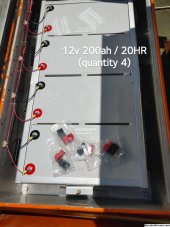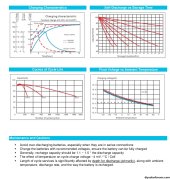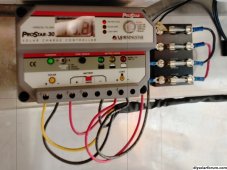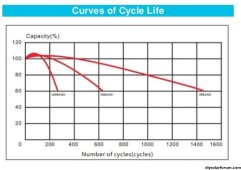Hello all, so I have acquired a total of 4 brand new AGM batteries. They are 12v 200ah/20hr batteries (qty of 4).
I have 4 panasonic solar panels as well but they are only 80w units (qty of 4). They are attached to a DOT trailer (see pics).
If you were given the items above, what usage ideas would you have for them, what would you add (obviously there is more equipment like inverter etc). I know there's not much capacity even though there are 4 batteries.
Just looking to see what some of you experienced diy solar guys would do if this stuff was sitting in front of you.
I enjoy prepping and thought maybe this could be beneficial in some way, if it were utilized correctly.
Thanks for any & all suggestions, feedback etc.
I have 4 panasonic solar panels as well but they are only 80w units (qty of 4). They are attached to a DOT trailer (see pics).
If you were given the items above, what usage ideas would you have for them, what would you add (obviously there is more equipment like inverter etc). I know there's not much capacity even though there are 4 batteries.
Just looking to see what some of you experienced diy solar guys would do if this stuff was sitting in front of you.
I enjoy prepping and thought maybe this could be beneficial in some way, if it were utilized correctly.
Thanks for any & all suggestions, feedback etc.








